In a world where Internet is becoming more and more spectacularized consciousness and unconsciousness, Ibrida Festival recalls the avant-garde role of the artist, preserving his/her creative and sensitive nature and at the same time, highlighting the investigative and revolutionary abilities that he/she adopts to keep up with the present time. The new frontier of art, in fact, could be found in those small videographic and sound fragments to which we are continuously exposed today and which break up and recompose the artistic semantic imaginary, while preserving, however, the protagonists of perception and human relationships in everyone’s life.
The purpose of Ibrida Festival is precisely to study and make public everything related to audiovisual experimentation, thanks above all to the intervention of renowned performative artists. The 2021 winter festival will be held on 2 and 3 December, in the usual location in Forlì. Entitled Scolpire il Tempo (Sculpting Time), it is dedicated to the award-winning Spanish visual artist and filmmaker Carlos Casas, who will present the film Cemetery and hold a Masterclass at EXATR in Forlì. About this second novelty, the artistic directors of the festival, Francesca Leoni and Davide Mastrangelo anticipate: “Carlos Casas, during the Masterclass, will talk about his work, his poetics and the use of various media for the creation of a cinematographic work”. Therefore, a unique opportunity, not to be missed, which gives the opportunity to get in touch with the creative mind of one of the most innovative artists on the contemporary scene.
We had the pleasure of interviewing him.
Antonela Buttazzo: Cemetery will be presented in this year’s edition of Ibrida Festival dedicated to you. Tell us about the creative evolution of your new production, the elements that inspired it and what it represents at this point in your career.
Carlos Casas: Cemetery is a multi-year project. Ten years ago, when the idea came to fruition through research, it underwent numerous changes from the initial intention, but despite this, the film has not undergone major changes. In fact, the ambition to lead the contemporary viewer to the mythological elephant cemetery, accompanied by visual and sound elements, paying homage, in some ways, to those adventure films that had marked my childhood, has remained unchanged. Films such as Tarzan, Elephant boy, The Jungle Book, King Kong, underline the relationship between the jungle, an inaccessible place, and man, having always been fascinated by what is mysterious, also highlighting how such a meeting place between species is dying out in an irreversibly endemic way.
In your docufilms, in addition to the images, you can see a skilful elaboration and rigorous research of the supports used in the realization. How does this careful and long process take place? When do you feel completely satisfied and can you define your film as finished?
For me a film is a container of sensations, a very precise perception machine. In it, the balance must be found between the available means and the narrative that one wants to propose. In my opinion in the creation of a film the story that has begun and ended is not so much needed, buti t is fundamental to allow the viewers to let themselves be carried away and imagine with me. Obviously you have to work with the visual elements you have available in the most precise and direct way. In the case of Cemetery, the film is also a sonic journey. For me, in fact, sound is almost more important than image, since it has the ability to suggest visions, even distant ones. So much so that the viewer, through it, should be able to imagine scenes and for this reason, the sound element must be very precise and elaborate. Closing a film is always difficult. It means stress and limited time on the budget, but the most important thing for me is the conclusion of the search: a film can only start if the search is over.
When we talk about a video, we identify it with a fragile image, perpetually exposed to the vagaries of time. As far as digital is concerned, however, how can the supports that contribute to film production be preserved? Is there an exhaustive solution to protect this kind of works?
This is a question that I think is very important as it expresses sensitivity towards the work we are talking about. Digital preservation is always very fragile. When we talk about fragility in the field of film, we think that the film is an object very exposed to risks, even a digital video. Especially in the contemporary context, where formats and ways of archiving change at the speed of light, so much so that we can define anacronis, in terms of format, images recorded in 2000. I believe that the only way to make this film material survive over time is omnipresence. Let me explain: these files should be continuously exhibited, perhaps being part of private and museum collections, video on demand platforms, etc… In short, I think that making this heritage as accessible as possible is a way to preserve it over time.
Finally, would you like to tell us about your current and future projects?
Currently, I am working on a project dedicated to the Krakatoa volcano, located in Indonesia. I hope to be able to film it next year. The idea would be to re-propose a multifaceted film, perhaps by making a live version and a cinema version. Other projects I’m working on are: a film about deserts and other sound works due out next year, a catalog raisonné of my Fieldworks and a book about my Avalanche that I hope to publish between 2022 and 2023.
Antonella Buttazzo
Info:
 Carlos Casas, ph Ya Ting Kee, courtesy the artist
Carlos Casas, ph Ya Ting Kee, courtesy the artist
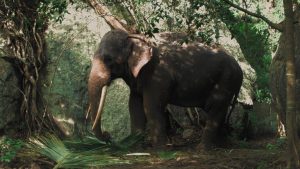 Carlos Casas, Cemetery (still), 2019, courtesy of the artist
Carlos Casas, Cemetery (still), 2019, courtesy of the artist
 Carlos Casas, Cemetery (still), 2019, courtesy of the artist
Carlos Casas, Cemetery (still), 2019, courtesy of the artist
 Carlos Casas, Cemetery (still), 2019, courtesy of the artist
Carlos Casas, Cemetery (still), 2019, courtesy of the artist
 Carlos Casas, Cemetery (still), 2019, courtesy of the artist
Carlos Casas, Cemetery (still), 2019, courtesy of the artist
 Carlos Casas, Cemetery (still), 2019, courtesy of the artist
Carlos Casas, Cemetery (still), 2019, courtesy of the artist
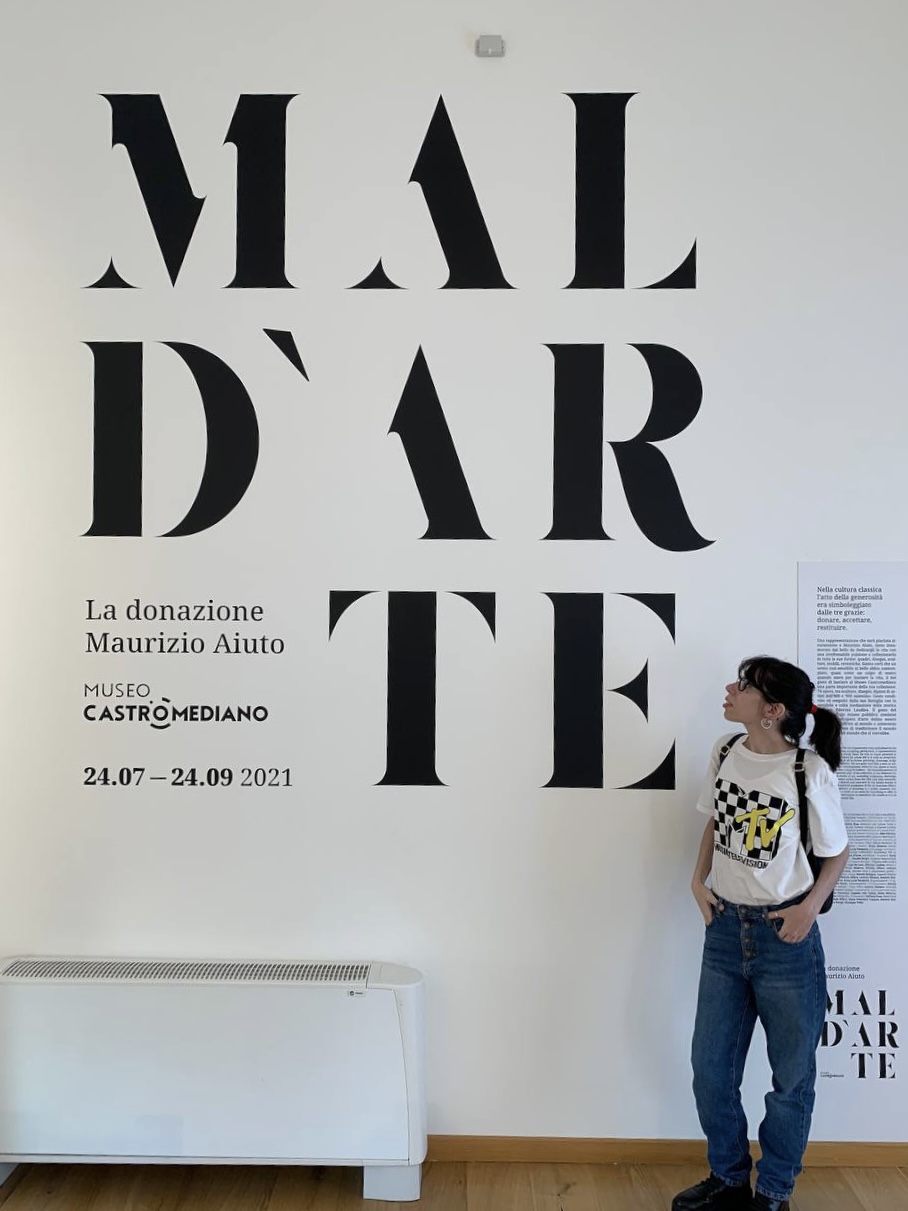
After obtaining the high school languages diploma, she continued her studies graduating in Art History at the University of Salento, with a bilingual thesis on the Pre-Raphaelites. Since then, she has been actively contributing as a columnist and collaborator with national blogs and with local magazines and TV programs.


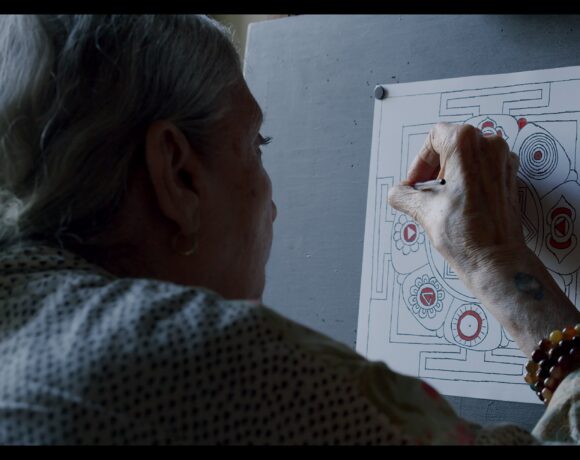
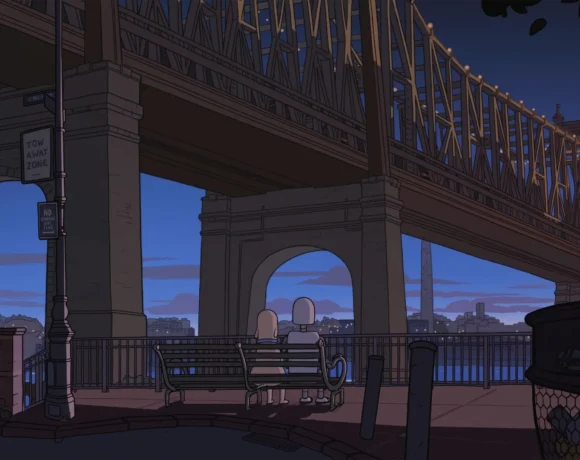
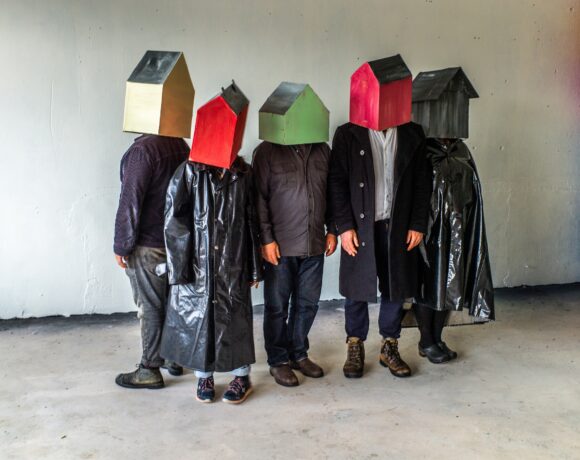

NO COMMENT